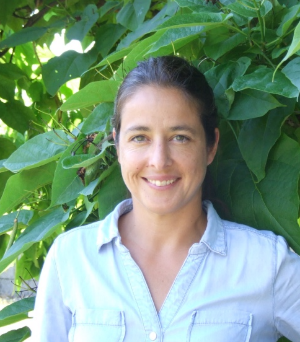Written by Lee Kalcsits and Bernardita Sallato, Washington State University, August 2021
The goal of nutrient sampling at harvest is to understand the nutrient composition of the fruit in an orchard or pick to make marketing and storage decisions to maximize price and packouts. It can also be used to inform or evaluate orchard practices in the future. These two reasons require different sampling approaches so that interpretation is consistent and comparable across multiple blocks or fruit lots. One of the challenges with nutrient analysis is the lack of standardized approaches that are sensitive enough to detect differences in nutrient balance that also correspond to disorder development.
Different sampling approaches for different reasons
Lot sampling for storage decisions is done to maximize price and packouts requires sampling after harvest in the packing house to analyze mineral nutrient composition of that specific lot of fruit that may be only a small part of the orchard depending on when it was picked and whether fruit was discarded in the orchard, a common occurrence for Honeycrisp.
Fruit sampling for orchard management decisions requires a completely random sample that includes all picks, locations in the orchard, and, even fruit with disorders. This will capture the average nutrient composition of that block and will help growers understand year-to-year variability and make “apples to apples” comparisons between orchard blocks. Samples of at least 20 random fruit can be taken up to two weeks before harvest. For bitter pit, taking two boxes of fruit per orchard to assess bitter pit incidence would also help standardize this evaluation which can be challenged by simply pulling fruit from the bin, since this often does not reflect the true fruit composition in the orchard. These fruit should be stored in regular atmosphere and will fully express bitter pit after two months of storage.
Selecting the most sensitive method
Once the sample is collected from either the packing house or from the orchard, there are many sampling approaches that have been used to understand nutrient composition of the fruit. Some base nutrient compositions off fruit fresh weight, especially if analyzing fruitlets or flesh samples (wedge method). Peel samples have been reported to offer the most sensitive approach to sampling since calcium concentrations are higher in the peel than the flesh. For bitter pit susceptible cultivars like Honeycrisp, sampling from the lower half of the fruit around the entire fruit with a peeler is effective. Peels should be collected from at least 20 randomly sampled fruit per orchard or lot and sent for analysis to a proficient testing laboratory.
To make the most of this nutrient analysis, other key factors such as year, rootstock, yield/crop load, nutrients/products applied, pick number, pick timing, orchard location, and any other orchard metrics (irrigation, pruning practices, etc.) should all be collected at the time of sampling. Then outcomes in terms of packout breakdowns and/or bitter pit should also be recorded. This data can serve as a consistent record of objective outcomes to inform best management practices for your operations.
Contact
Bernardita Sallato
Tree Fruit Extension Specialist ‘
b.sallato@wsu.edu

